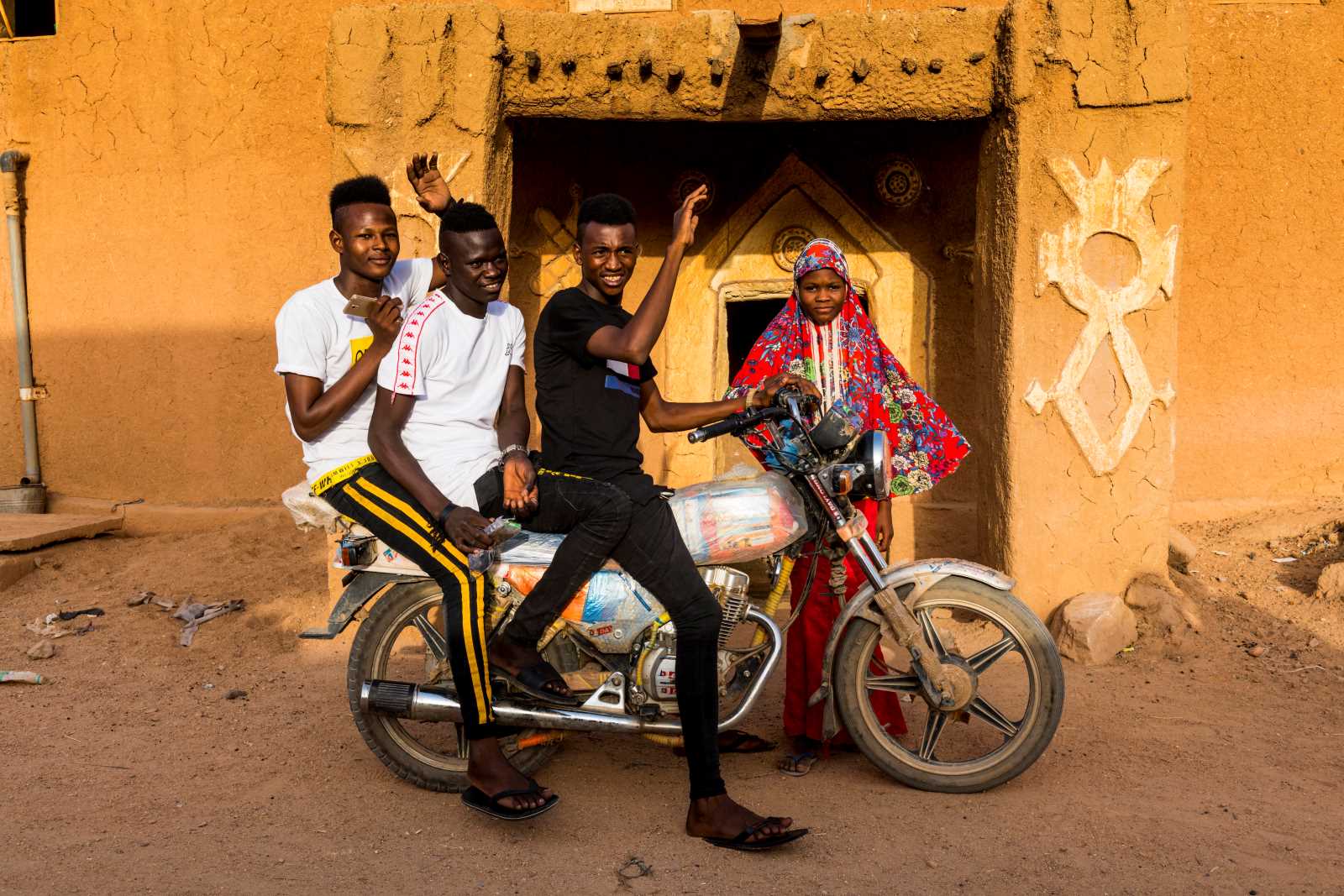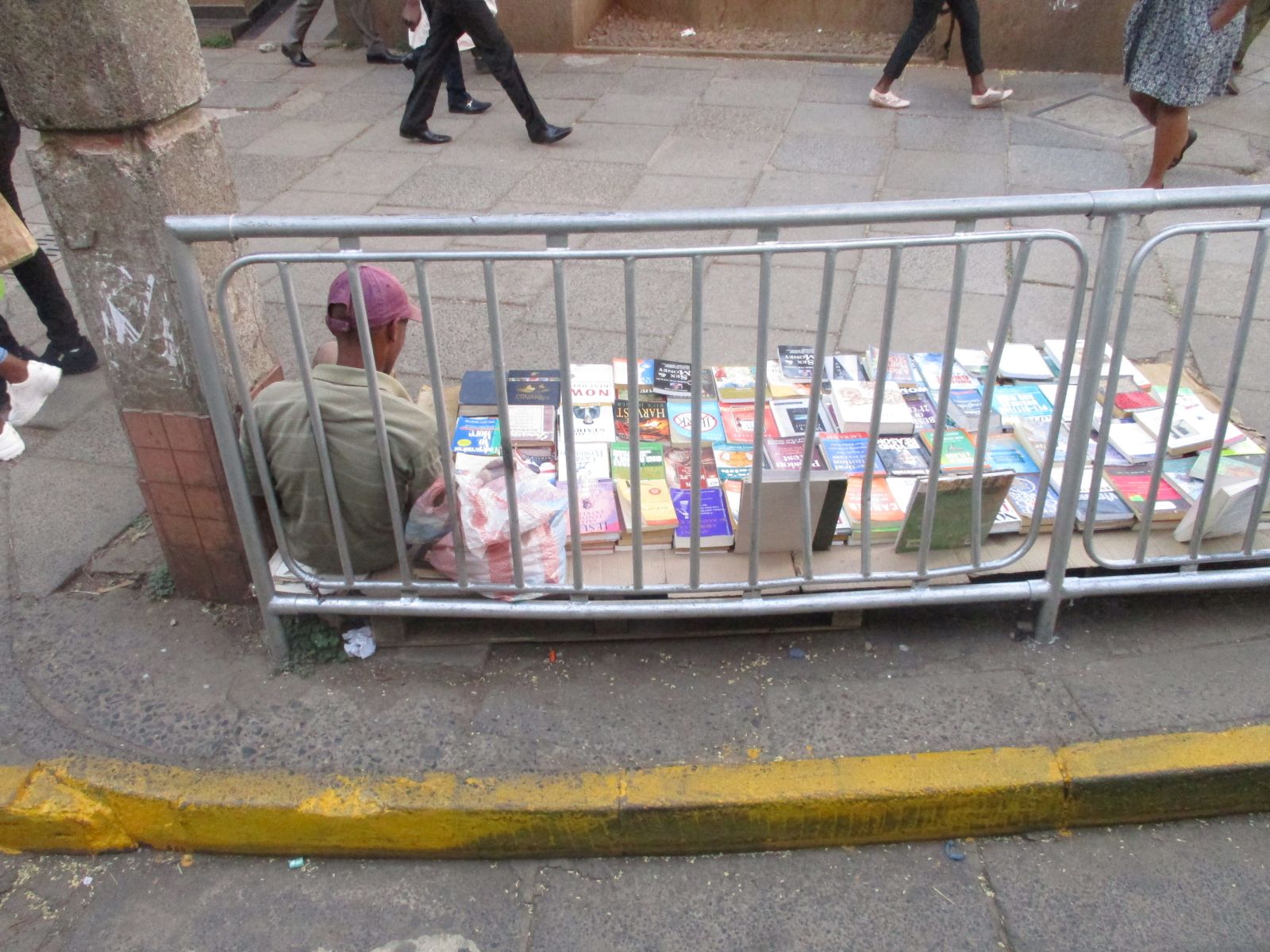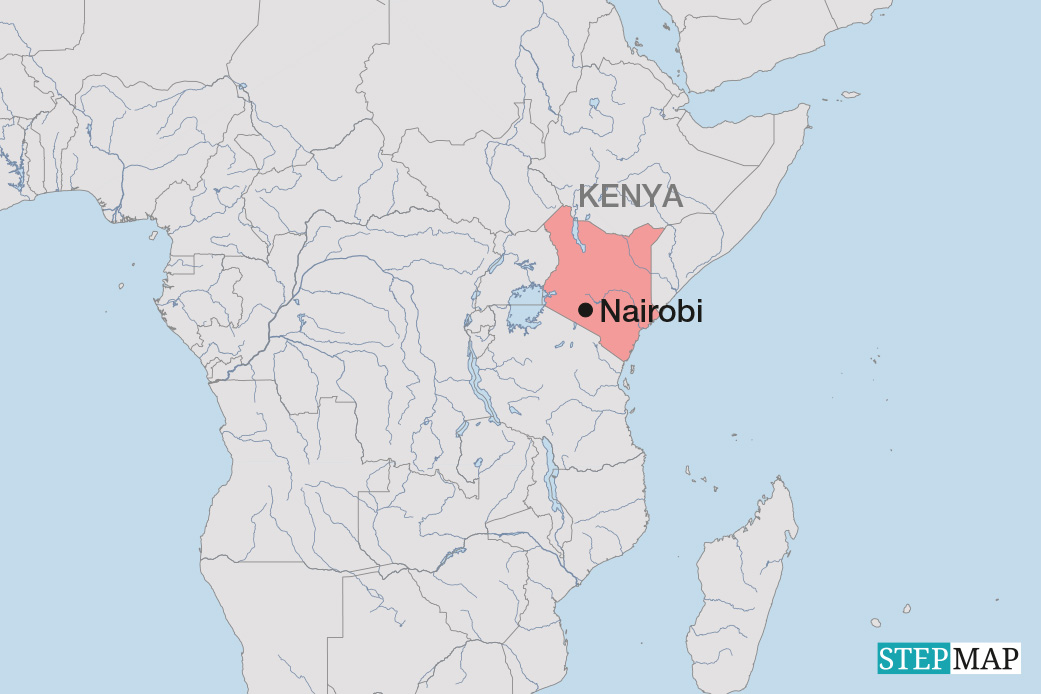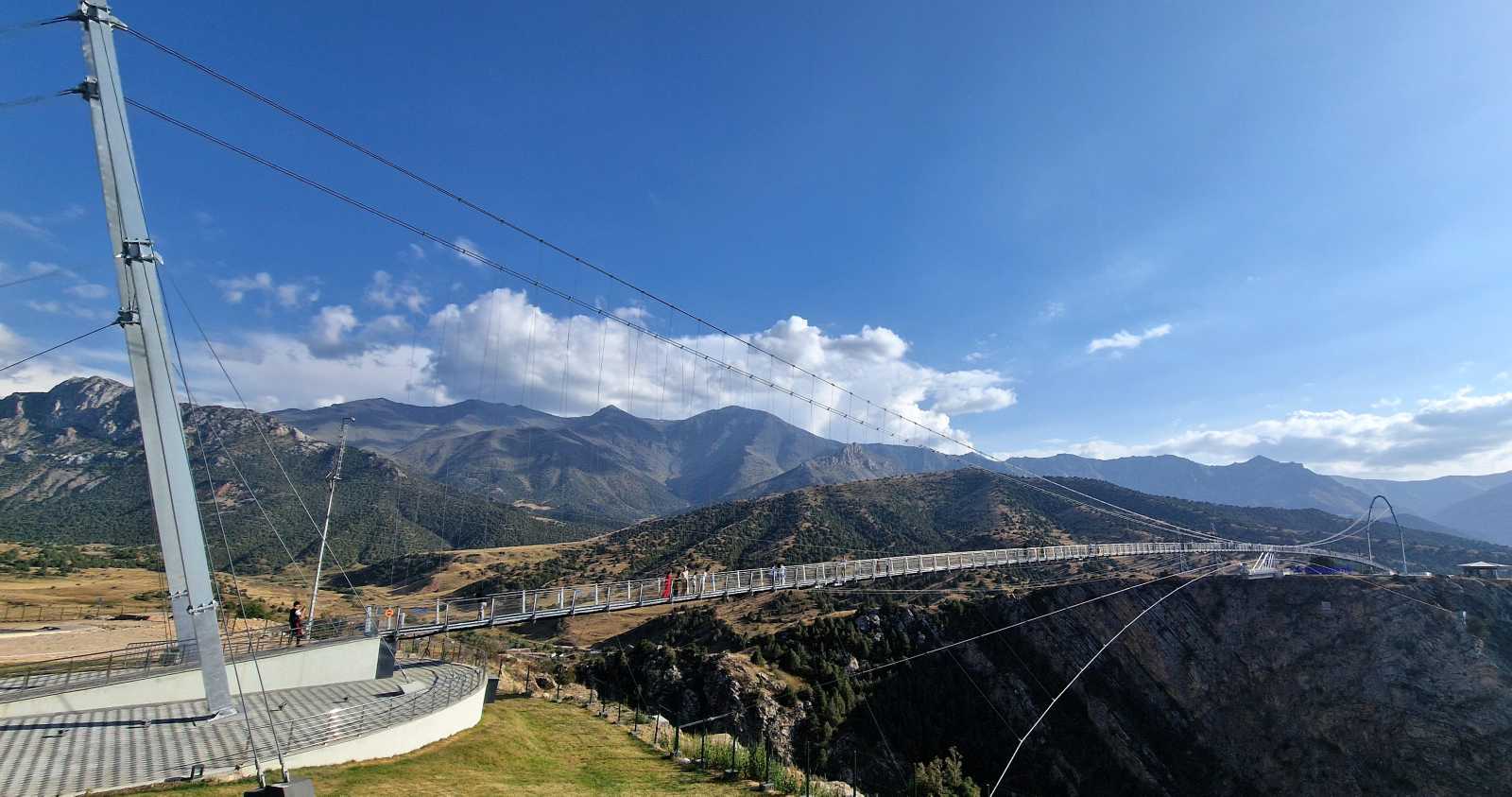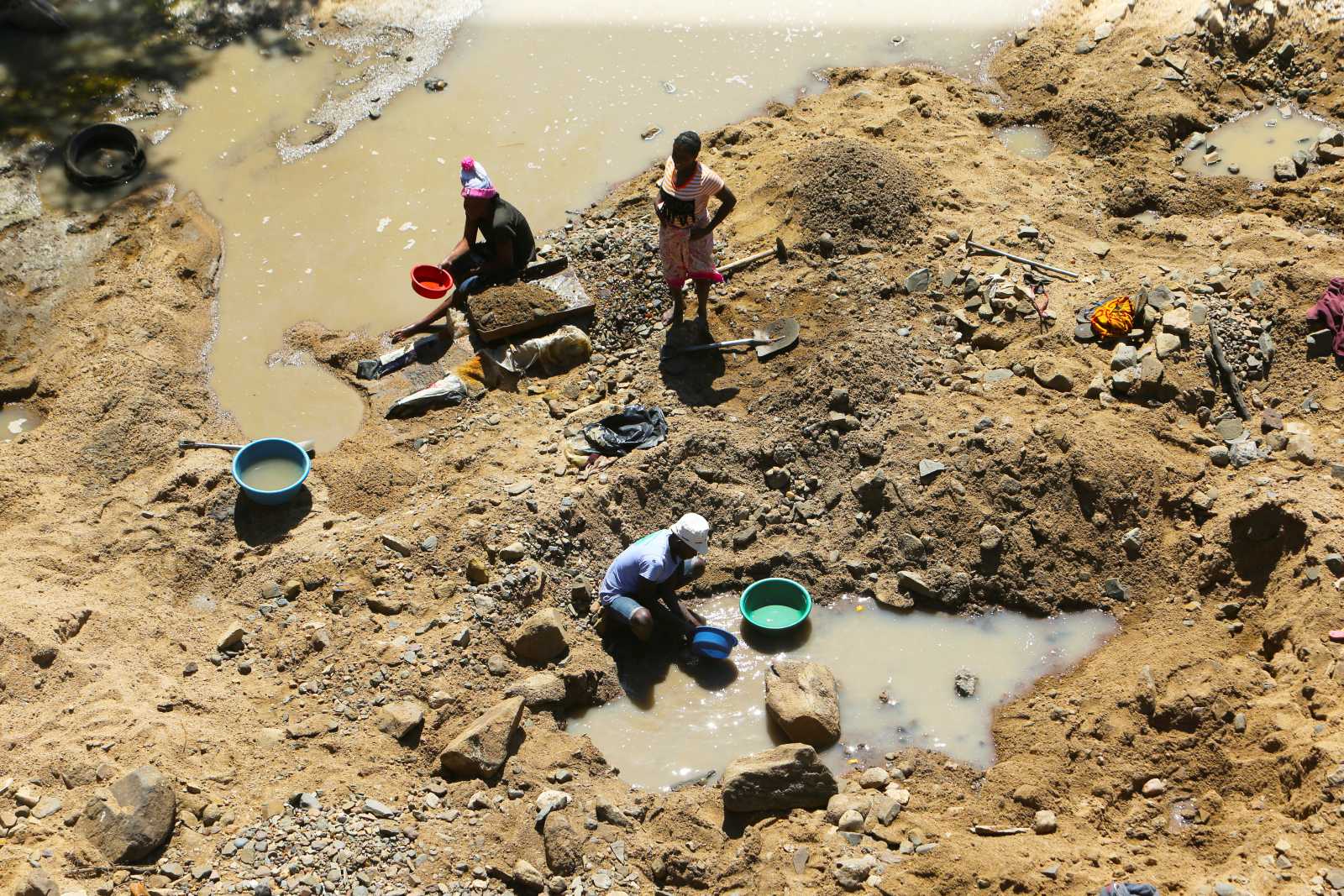The Sahel
Moving from crisis to dynamism on Sahara’s southern edges
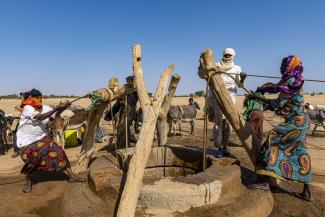
The Sahel region, which stretches along the southern edge of the Sahara desert, has a reputation of crisis. Crucial issues include armed conflict, which has become worse after the fall of Libya’s long-serving leader Muammar Gaddafi, and worsening water shortages due to the climate crises. Women and girls are particularly exposed to increasing ecological threats.
Since 2015, extreme militant jihadism in the Sahel has doubled, causing many fatalities. In a recent report, the UN Office for West Africa and the Sahel (UNOWAS) pointed out that in Burkina Faso, Mali and Niger, terrorism led to more than 4,000 fatalities in 2019. Three years earlier, the number had been 770. Extremist groups include Al Qaeda in the Maghreb (AQIM) and Boko Haram, but separatist Tuareg forces are causing trouble too. The Covid-19 pandemic has compounded the humanitarian situation in the Sahel contributing to an increase in civil unrest by about 10 % since 2020. It has resulted in ever more people fleeing their homes. The numbers of internal displaced persons and cross-border refugees has kept growing. Mass media worldwide depict this region as mired in multiple severe problems. (For an assessment of the situation in Nigeria, see Ben Ezeamalu on our D+C/E+Z platform).
Women and girls at risk
The multidimensional crisis is threatening to undermine progress made in addressing all forms of gender based violence against women and girls. As is well established by various studies, during conflicts, natural disasters and public health emergencies, sexual and reproductive health needs are often overlooked – with staggering consequences. Pregnant women are at risk of life-threatening complications without access to delivery and emergency obstetric care services. Women and girls often lose access to family planning services, exposing them to unintended pregnancy in perilous conditions not to mention becoming more vulnerable to sexual violence, exploitation and HIV infection. This is the scenario in the Sahel.
Population growth is an issue of concern as well. The Sahel has the world’s highest fertility rate, currently pegged at five to seven children per woman. The current Sahel population is estimated at 414 million. According to the World Bank, the population of the 23 countries of the Sahel and Equatorial Africa will reach 1 billion by 2050.
The Sahel region’s youthful demographic profile gives it the world’s highest dependency ratio (about 87 %) – the measure of those not of working age compared to those of working age. This is a challenge, as it puts pressure on the productive population. However, as legions of young people grow up and enter the work force, the region may yet benefit from a “demographic dividend”, in which working-age people outnumber those not of working age. Opportunities of this kind must be grasped since they can contribute to growth and prosperity.
Two things are needed:
- the young generation needs good education and
- total fertility rates must drop.
UNFPA strategy
The UN Population Fund (UNFPA) is implementing a strategy that serves this purpose. In 2016, the UNFPA’s West and Central regional office announced that plan together with the African Union (AU) – which represents 55 African countries. The idea is to invest in today’s youth so that they become tomorrow’s productive adults.
The focus must be on young women and girls. According to tradition, they are generally seen as future mothers. The role model must change. Experience around the world shows that education and greater prosperity lead to women having fewer babies, not least, because they are confident that those children will survive. Families with many children, by contrast, tend to be overburdened and cannot take care of all of them well.
Several flagship projects illustrate the solutions being developed. For example, a 2017 project in the community of Gueule Tapee-Fass-Colobane in Dakar, Senegal aims to benefit women and girls through investments in municipal services and infrastructure. The project promotes awareness of sexual and reproductive health.
Other initiatives include the Sahel Women Empowerment and Demographic Dividend (SWEDD) project. SWEDD launched a regional centre for midwifery training alongside a network of emergency obstetric care clinics. It also set up a series of safe spaces to protect girls against gender-based violence.
These efforts have produced impressive results. Awareness of gender issues has increased: The premiere broadcast of C’est la Vie (“That’s Life”), a TV series filmed in Senegal and focusing on family health issues, attracted 20 million viewers in seven capital cities in West and Central Africa. More than 106,000 girls have received support to enroll and stay in school and avoid early marriage. Nearly 100,000 teenage girls attend vocational courses and other economic empowerment programmes.
In the years ahead, these successful programmes should be scaled up across Africa. They aim to create a conducive environment for reaping demographic dividends. The Sahel has great potential in this regard. Its youth are its greatest asset. Experiences from the Sahel offer valuable lessons that Africa’s demographic dividend holds a promise of promoting peace, security and economic development.
Mabingué Ngom directs the representation office of the UN Population Fund (UNFPA) to the African Union (AU) and the UN Economic Commission for Africa (UNECA). He is also a senior advisor to the executive secretary of UNFPA.
Twitter: @mabinguengom1
